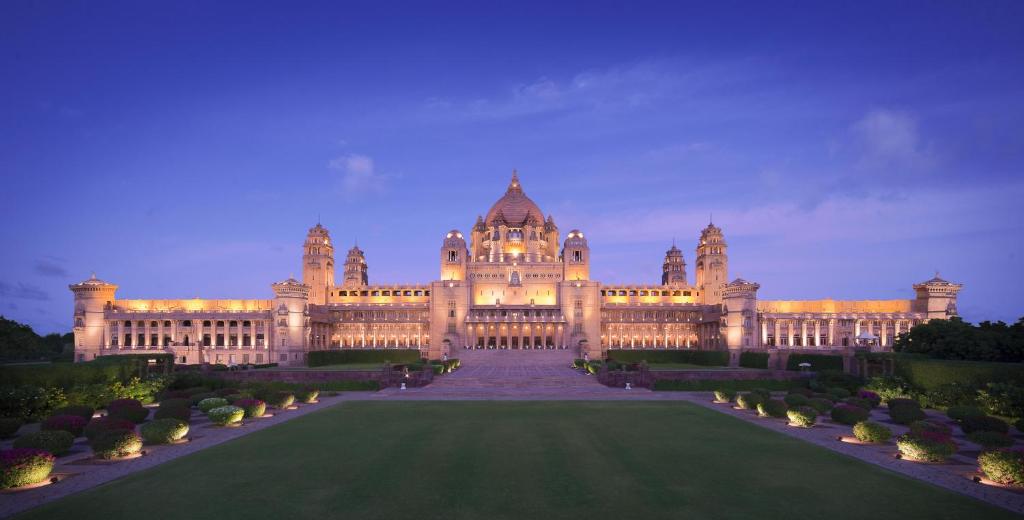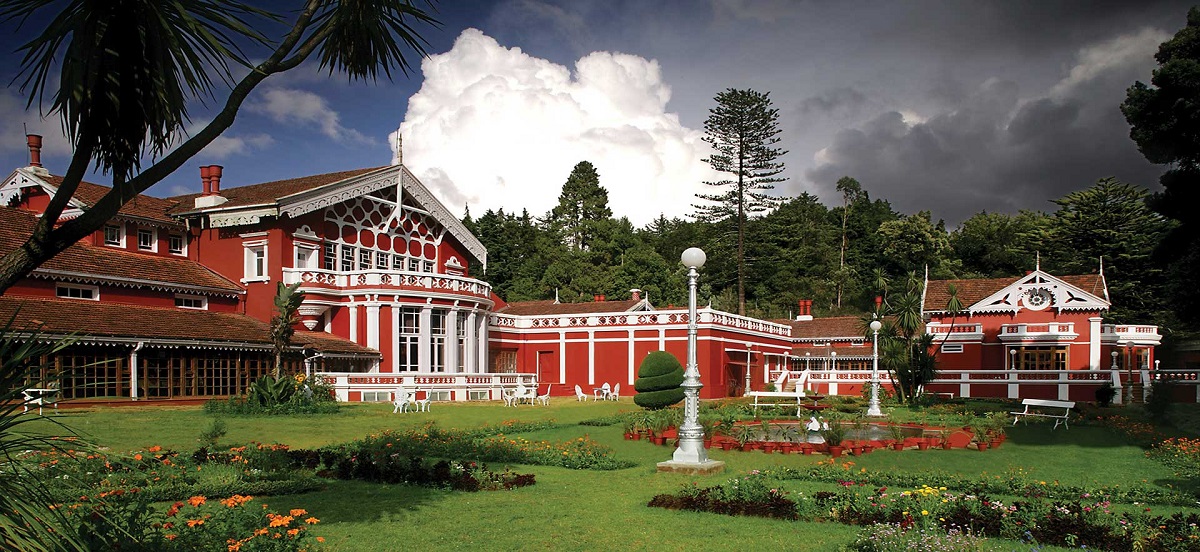Ancient Indian palaces and forts that are now luxury hotels
Schenelle Dsouza
Forts, palaces and havelis are among India’s most prized possessions. Full of history, culture and brilliant architecture, these are a testament to India’s rich heritage, giving us a peek into the regal moments of the bygone era. While some of these ancient forts and palaces remain untouched, many of them have undergone restoration projects that helped strengthen the structures and enhance the space, without taking too much away from its original beauty. On this Independence Day, here’s looking at some of the most exquisite fort and palace-turned-hotels in India.
Ahilya Fort, Madhya Pradesh

One of the most popular fort-turned-hotels is located in the central Indian town of Maheshwar. Ahilya, built over 250 years ago, sits on the edge of a cliff, above the Narmada River. Maharani Ahilyabai Holkar, who ruled here from 1765 to 1796, built Ahilya Wada with her personal residence, office, and darbar. Her descendant and the son of the last Maharaja of Indore, Prince Richard Holkar, turned the fort into a lavish hotel in the year 2000. On the outside, the hotel maintains its robust structure, with beautiful gardens behind the walls, designed and planted by Prince Richard himself.
Alila Fort Bishangarh, Rajasthan

The Alila Fort is easily recognised for its tall structure, which can be spotted from a mile away. The fort is named after the village of Bishangarh and was built about 230 years ago, on a hill in the Aravalli range. The hotel displays exemplary Jaipur Gharana architecture, with inspiration from both, British and Mughal eras along with Tudor-style ogee arches and mirror-mosaic Tikhri art. Glossy corridors with elegant interiors and worn-down antiques are what further define the aesthetic of the hotel.
Neemrana Fort-Palace, Rajasthan

This has to be one of the most impressive fort-turned-hotels. The Neemrana Fort was built on a plateau of the two billion-year-old Aravalli ranges in the 15th century and has been very well preserved. The highlight of the hotel is its layered structure, built into 14 different layers. The tread from the bottom to the top can be challenging, but worth the effort. This is the oldest heritage spot in Jaipur, and so guests are treated to a royal experience, touring through 5 centuries of heritage, with a handful of contemporary elements to enjoy along the way.
Rambagh Palace, Jaipur

Another landmark property in the pink city of India, Rambagh Palace was originally built in 1835 and was home to Maharaja Sawai Man Singh II. He was responsible for turning the palace into a lavish hotel back in the 50s. Despite a makeover, the palace maintains regal elements like extravagant marble work, silk curtains, period furniture and vintage decor. Each room in the hotel drips with decadence, be it the 18th-century French-style ballroom with massive crystal chandeliers or the Polo Bar decorated with trophies and memorabilia of the Jaipur polo team.
Samode Haveli , Jaipur

Another luxury palace hotel in the Aravalli range, the Samode Palace or Samode Haveli was a home built for the royal family of Jaipur by Rawal Sheo Singh, the descendent of Rawal Berisal, who was the Prime Minister of Jaipur in the 19th century. Initially built as a Rajput fort, the structure dates back at least 400 years, while the haveli itself is said to be some 200 years old. The architecture and design of the hotel is where the hotel shines the most. Traditional Indo-saracenic architecture enhanced with traditional elements like mosaic floors, arched doorways, hand-painted murals, small wooden doors, velvet drapes, golden-threaded pillows, and mementos from the original owners grace the property.
Umaid Bhawan Palace, Jodhpur

Perched on Chittar Hill, the highest point in Jodhpur, Umaid Bhawan Palace is the sixth-largest residence in the world. Built between 1928 and 1943, the hotel was once home to the erstwhile royal family of Jodhpur. Designed by renowned architect, Henry Lanchester, the hotel seamlessly blends Eastern and Western architectural styles with its use of palm court marble, the same which was used in the construction of the Taj Mahal in Agra. Out of the 347 rooms, 70 were converted into lavish suites, while a section of the property was turned into a family museum.
WelcomHeritage Fernhills Royale Palace, Ooty




